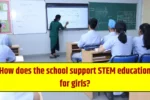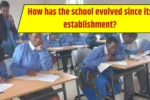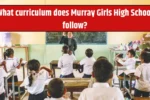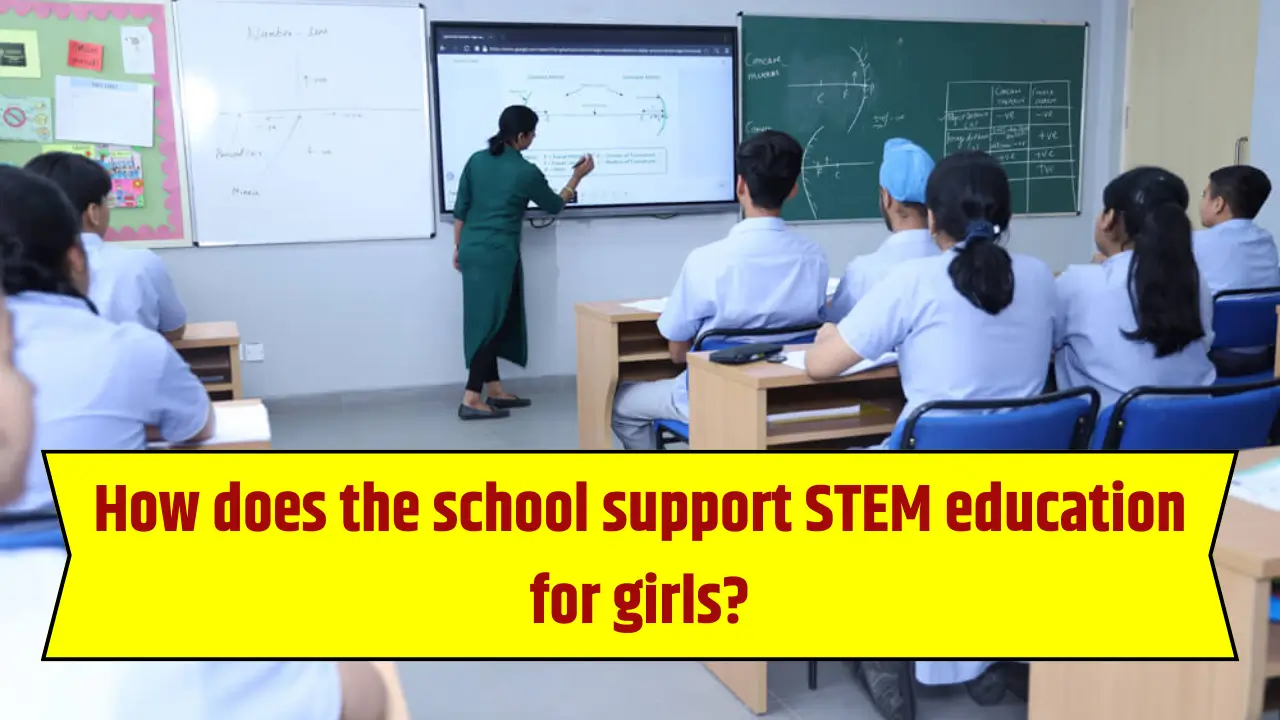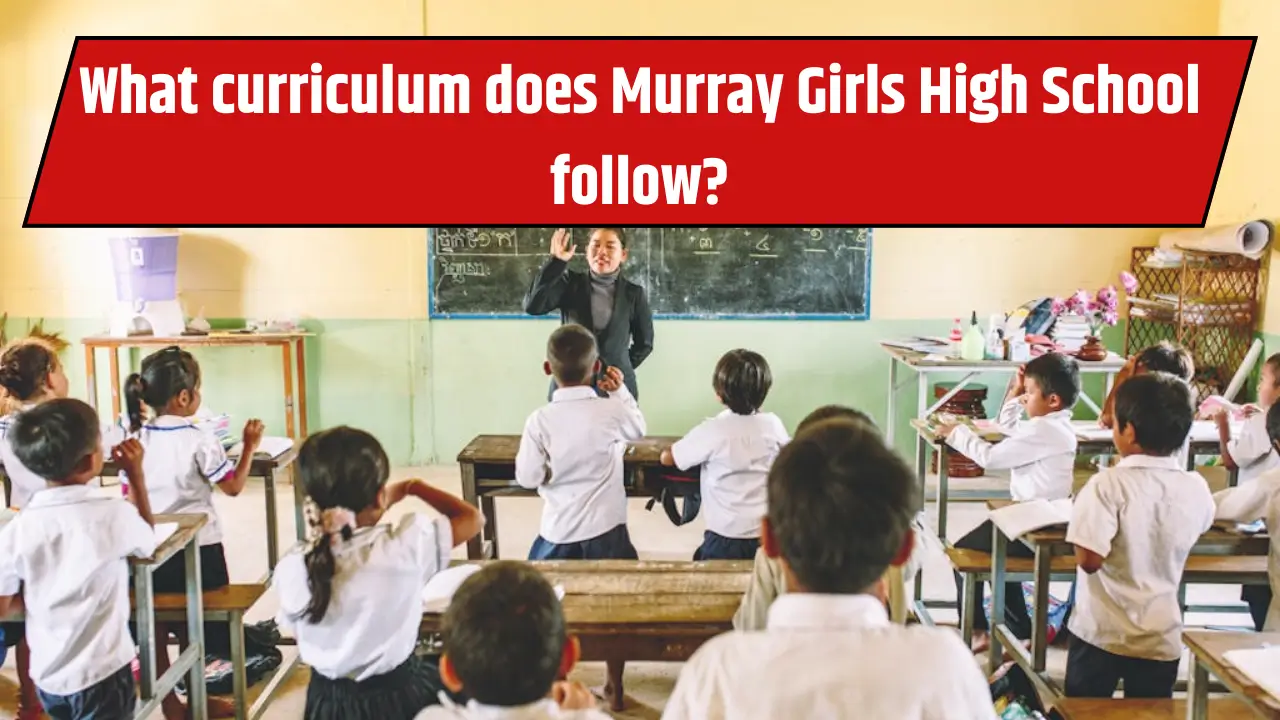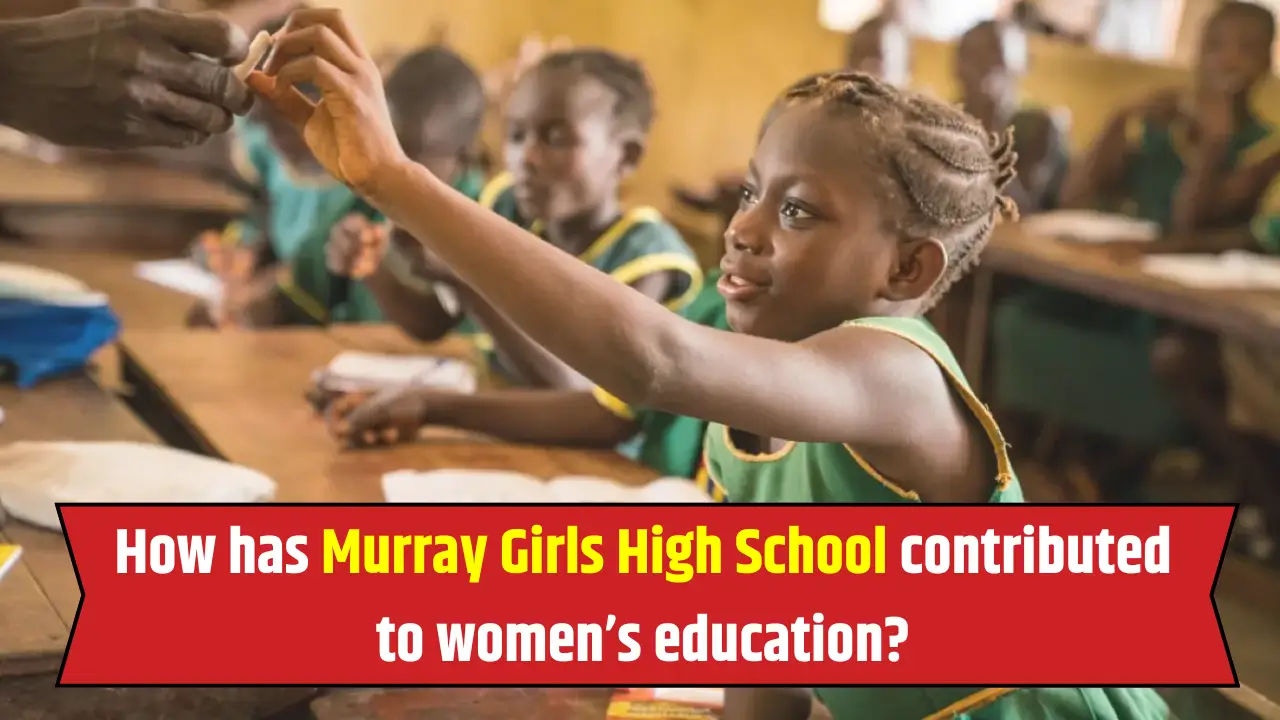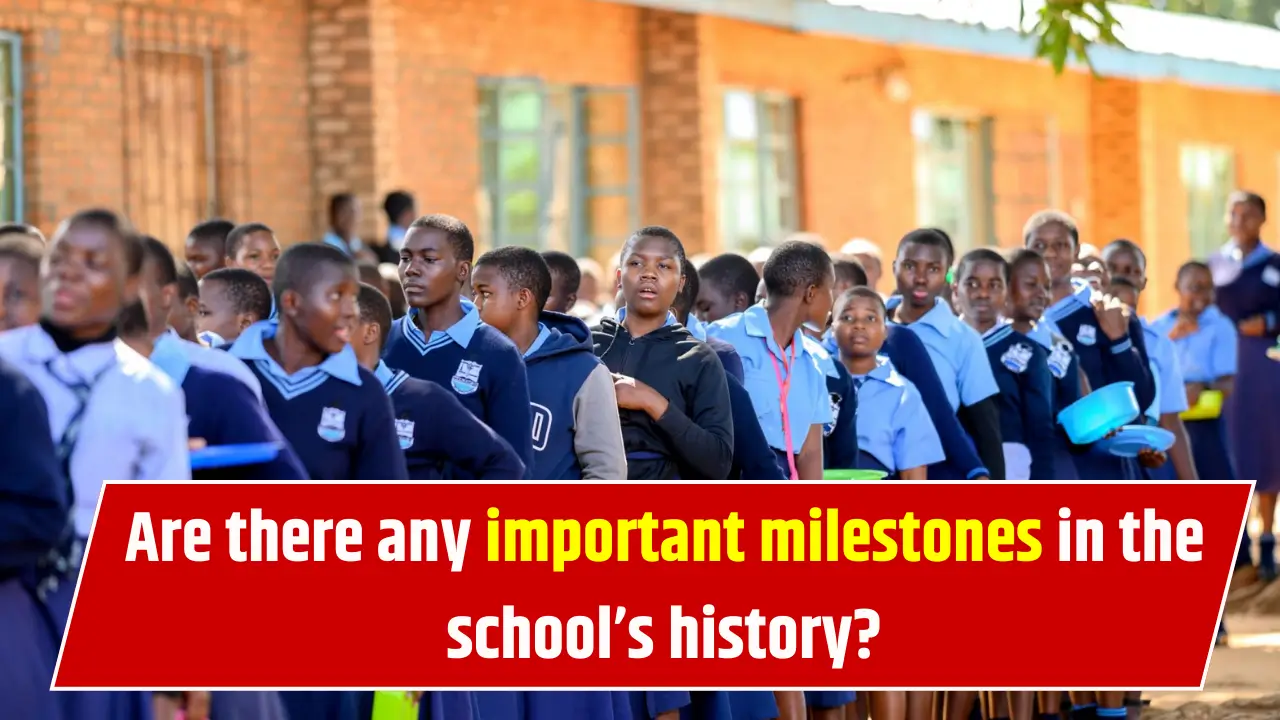Teaching methods form the foundation of effective education, directly influencing student engagement, understanding, and performance.
At Murray Girls High School in Wundanyi, Taita Taveta County, Kenya, the evolution of teaching methodologies reflects the institution’s commitment to delivering quality education that meets contemporary academic standards while nurturing leadership, creativity, and critical life skills among girls.
The school’s robust approach ensures that students are not only prepared for national examinations but also for the challenges and opportunities of the 21st century.
In today’s context, where education must equip learners with analytical thinking, digital competencies, and social-emotional skills, Murray Girls High School has embraced diverse and innovative teaching strategies.
This article examines the extensive range of teaching methods deployed at the school, their application across disciplines and grade levels, and recent advancements that enhance learning outcomes as of 2025.
The Pedagogical Philosophy of Murray Girls High School
Murray Girls High School’s teaching philosophy is grounded in the belief that education is holistic—it goes beyond mere imparting of knowledge to fostering critical thinking, emotional maturity, and responsible citizenship. This philosophy is evident in the multifaceted teaching approaches that foster active learning, inclusivity, and experiential knowledge.
Key pillars include:
- Student-Centered Learning: Empowering students to take ownership of their learning journey.
- Inquiry and Critical Thinking: Encouraging questioning, exploration, and problem-solving.
- Practical and Experiential Learning: Limiting rote memorization in favor of hands-on experiences and applications.
- Inclusivity and Adaptation: Customizing learning paths to cater to diverse abilities and interests.
- Values Integration: Embedding ethics, social responsibility, and teamwork within the curriculum.
Core Teaching Methods Utilized
1. Interactive Learner Engagement
Teachers at Murray Girls High School use an interactive mode of teaching, enhancing participation and comprehension.
- Discussions, debates, and questioning are routine in classrooms to stimulate critical thinking.
- Brainstorming sessions encourage partnerships and collective ideas.
- Use of graphic organizers, mind maps, and presentations help visualize concepts.
2. Experiential and Practical Learning
- Laboratory Science: Students undertake experiments, data collection, and analysis in well-equipped labs.
- Technical Subjects: Practical demonstrations, workshops, and model building are integral.
- Field trips and community service projects enable students to observe real-world applications.
- Project-based learning encourages creativity and innovation.
3. Multimedia and Technology Integration
- Smart boards, projectors, and tablets enhance lessons via videos, animations, and interactive simulations.
- Digital literacy is incorporated into teaching methods, especially in Computer Studies and STEM subjects.
- Online resources, educational apps, and e-assessments supplement classroom learning.
- Virtual and augmented reality tools introduced for immersive scientific and geographical explorations.
4. Differentiated Instruction
- Teachers assess students’ varied abilities and adapt lesson pacing, materials, and support.
- Grouping students by skill level for targeted practice or enrichment optimizes learning.
- Special attention is given to learners with learning difficulties through remedial sessions and counseling.
- Gifted students receive enrichment opportunities, including competitions and advanced projects.
5. Collaborative and Peer Learning
- Group assignments, peer teaching, and cooperative problem-solving foster teamwork skills.
- Students reflect on their own and peers’ work, enhancing self-regulation and critical assessment.
- Club activities and student governance provide informal learning spaces beyond formal classes.
6. Continuous Assessment and Feedback
- Regular quizzes, assignments, oral tests, and class presentations sustain ongoing evaluation.
- Teachers provide constructive feedback focusing on improvement, effort, and understanding.
- Self- and peer-assessment practices are encouraged to nurture autonomous learning habits.
Subject-Specific Methodologies
Sciences and Mathematics
- Emphasis on inquiry-based learning, with students hypothesizing, experimenting, and drawing conclusions.
- Use of interactive simulations to visualize abstract concepts in physics and chemistry.
- Mathematical concepts are taught with real-life application problems and logic puzzles.
- Math labs and science fairs motivate applied knowledge and innovation.
Languages and Humanities
- Communication skills enhanced through interactive reading, writing workshops, debates, and oral recitations.
- Storytelling and dramas aid comprehension and cultural appreciation in languages.
- Historical events and social studies concepts are taught through role-plays, case studies, and group discussions.
- Critical thinking emphasized through essay writing and project presentations.
Technical and Vocational Subjects
- Business and agriculture lessons incorporate case studies, market simulations, and fieldwork.
- Computer studies use hands-on programming exercises, software tutorials, and tech projects.
- Home science incorporates group cooking sessions, textile work, and family budgeting exercises.
Creative Arts
- Active participation in music, drama, and art classes emphasizes experimentation, performance, and critique.
- Students engage in exhibitions, concerts, and school productions to build confidence and creative skills.
Table: Summary of Teaching Methods Across Key Subjects
| Subject Area | Teaching Methods | Learning Tools and Activities |
| Sciences/Math | Inquiry-based, practical labs | Experiments, simulations, problem-solving |
| Languages/English | Interactive, workshop-based | Debates, storytelling, creative writing |
| Humanities | Case studies, role-play | Group projects, presentations |
| Technical/Vocational | Hands-on, fieldwork, project-driven | Market simulations, coding exercises |
| Arts & Music | Experiential, performance | Exhibitions, concerts, theater plays |
| ICT | Blended learning, coding workshops | E-learning platforms, programming |
Innovations and Enhancements in Teaching (2025)
- Flipped Classroom Models: Students access recorded lessons at home, freeing class time for discussions and practical work.
- Personalized Learning Plans: Tailored strategies scaffold students needing additional support or challenges.
- Digital Portfolios: Students maintain online repositories of projects, assignments, and reflections, facilitating continuous growth tracking.
- Teacher Professional Development: Continuous workshops on modern pedagogy, inclusive teaching, and technology integration.
- Hybrid Learning Preparedness: Preparedness for remote learning scenarios ensures educational continuity amid emergencies.
Bulleted Highlights of Teaching Approaches
- Interactive discussions and hands-on experiences form the core of every lesson.
- Frequent use of technology enhances visualization, accessibility, and student engagement.
- Differentiated teaching accommodates learner diversity and paces.
- Emphasis on formative assessments drives ongoing support and improvement.
- Collaborative learning fosters social skills, empathy, and leadership.
- Regular integration of moral and civic education strengthens character and values.
Conclusion
Murray Girls High School employs a comprehensive suite of modern, student-centered teaching methods that blend rigorous academic content with practical applications and personal development.
Its approaches ensure girls not only excel in the national curriculum and KCSE examinations but also acquire essential skills that prepare them for leadership, innovation, and responsible citizenship.
As of 2025, the school continues to innovate and invest in teacher development, digital infrastructure, and inclusive pedagogy.
This commitment assures that Murray Girls High School remains at the forefront of educational excellence—nurturing empowered, knowledgeable young women ready to contribute meaningfully to society and the global community.

